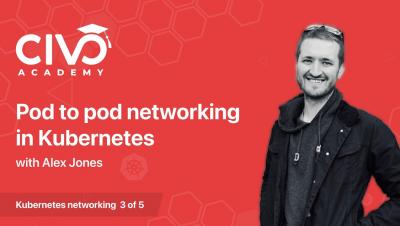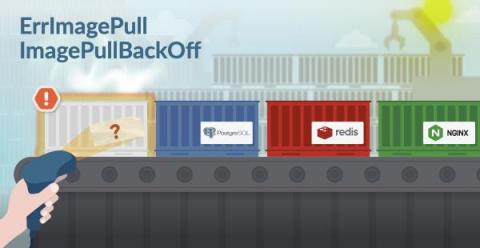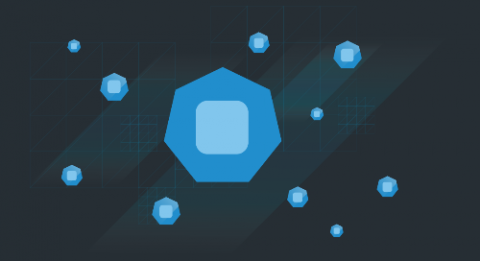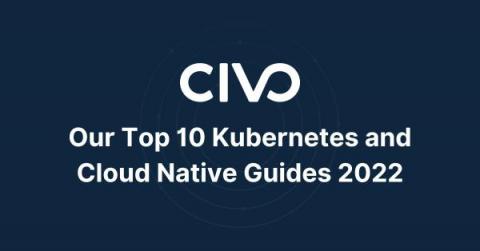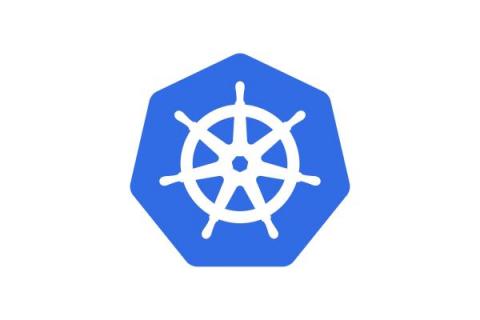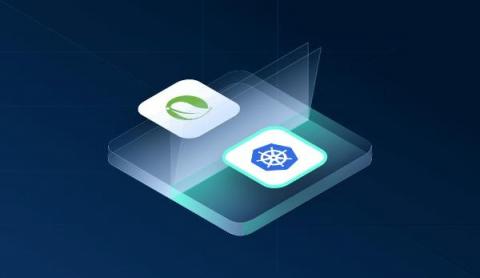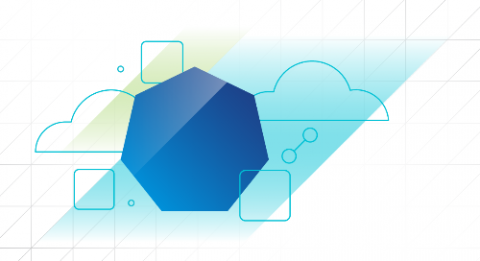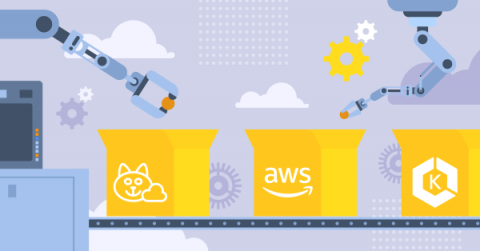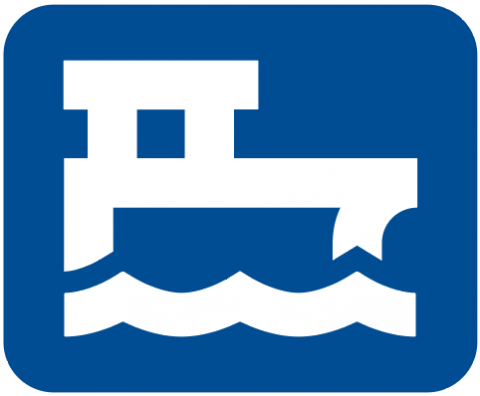Operations | Monitoring | ITSM | DevOps | Cloud
Containers
The latest News and Information on Containers, Kubernetes, Docker and related technologies.
Kubernetes ErrImagePull and ImagePullBackOff in detail
Pod statuses like ImagePullBackOff or ErrImagePull are common when working with containers. ErrImagePull is an error happening when the image specified for a container can’t be retrieved or pulled. ImagePullBackOff is the waiting grace period while the image pull is fixed. In this article, we will take a look at.
Common Kubernetes Challenges in 2022 and How to Solve Them
This year’s VMware Explore saw a great deal of excitement from the multi-cloud community. It’s evident that organizations are seeking reliable ways to transform their businesses and become digitally smart. It’s also becoming increasingly more apparent that organizations are looking towards Kubernetes to help them do so. In fact, the State of Kubernetes 2022 report has shown us that not only is Kubernetes here to stay, but it’s growing at a rapid pace.
Our Top 10 Kubernetes and Cloud Native Guides 2022
Since the beginning, our community has been at the forefront of what we do. Over the years, we have been able to highlight the knowledge and talent of our community by showcasing tutorials submitted to us via Write For Us. As we reach the end of 2022, we wanted to highlight some of our top guides from the Civo community that were published throughout the year.
Kubernetes Jobs Deployment Strategies in Continuous Delivery Scenarios
Continuous Delivery (CD) frameworks for Kubernetes, like the one created by Rancher with Fleet, are quite robust and easy to implement. Still, there are some rough edges you should pay attention to. Jobs deployment is one of those scenarios where things may not be straightforward, so you may need to stop and think about the best way to process them. We’ll explain here the challenges you may face and will give some tips about how to overcome them.
Monitoring Kubernetes with Hosted Graphite by MetricFire
In this article, we will be looking into Kubernetes monitoring with Graphite and Grafana. Specifically, we will look at how your whole Kubernetes set-up can be centrally monitored through Hosted Graphite and Hosted Grafana dashboards. This will allow Kubernetes Administrators to centrally manage all of their Kubernetes clusters without setting up any additional infrastructure for monitoring.
Kubernetes alternatives to Spring Java framework
Top Three Kubernetes Myths: What C-Level Executives Should Know
In the past few years, we’ve seen a rapid increase in container adoption as the go-to strategy for accelerating software development. After all, why wouldn’t you move towards containerization considering its advantages? Benefits such as application portability, IT resource efficiency, and increased agility would make any infrastructure or operations leader interested in adopting containers with Kubernetes.
Automate Calico Cloud and EKS cluster integration using AWS Control Tower
Productive, scalable, and cost-effective, cloud infrastructure empowers innovation and faster deliverables. It’s a no-brainer why organizations are migrating to the cloud and containerizing their applications. As businesses scale their cloud infrastructure, they cannot be bottlenecked by security concerns. One way to release these bottlenecks and free up resources is by using automation.
Meet Epinio: The Application Development Engine for Kubernetes
Epinio is a Kubernetes-powered application development engine. Adding Epinio to your cluster creates your own platform-as-a-service (PaaS) solution in which you can deploy apps without setting up infrastructure yourself. Epinio abstracts away the complexity of Kubernetes so you can get back to writing code. Apps are launched by pushing their source directly to the platform, eliminating complex CD pipelines and Kubernetes YAML files.


